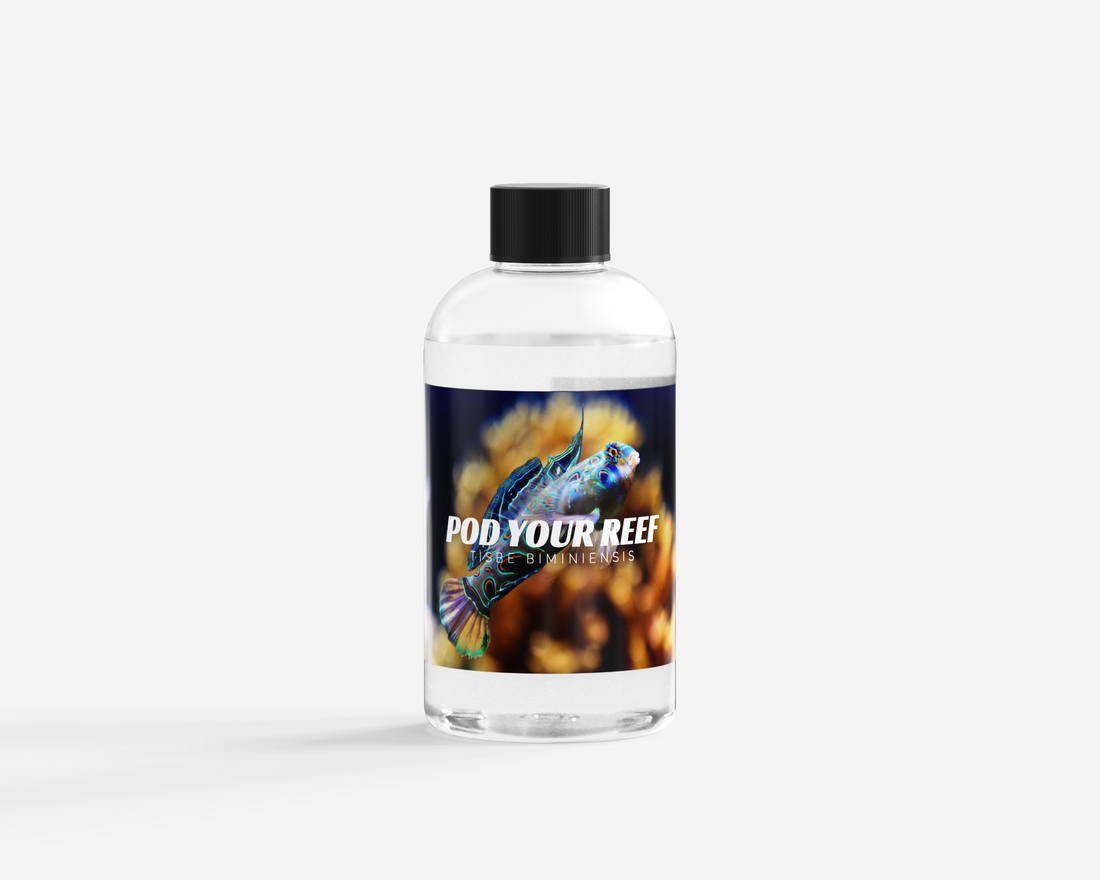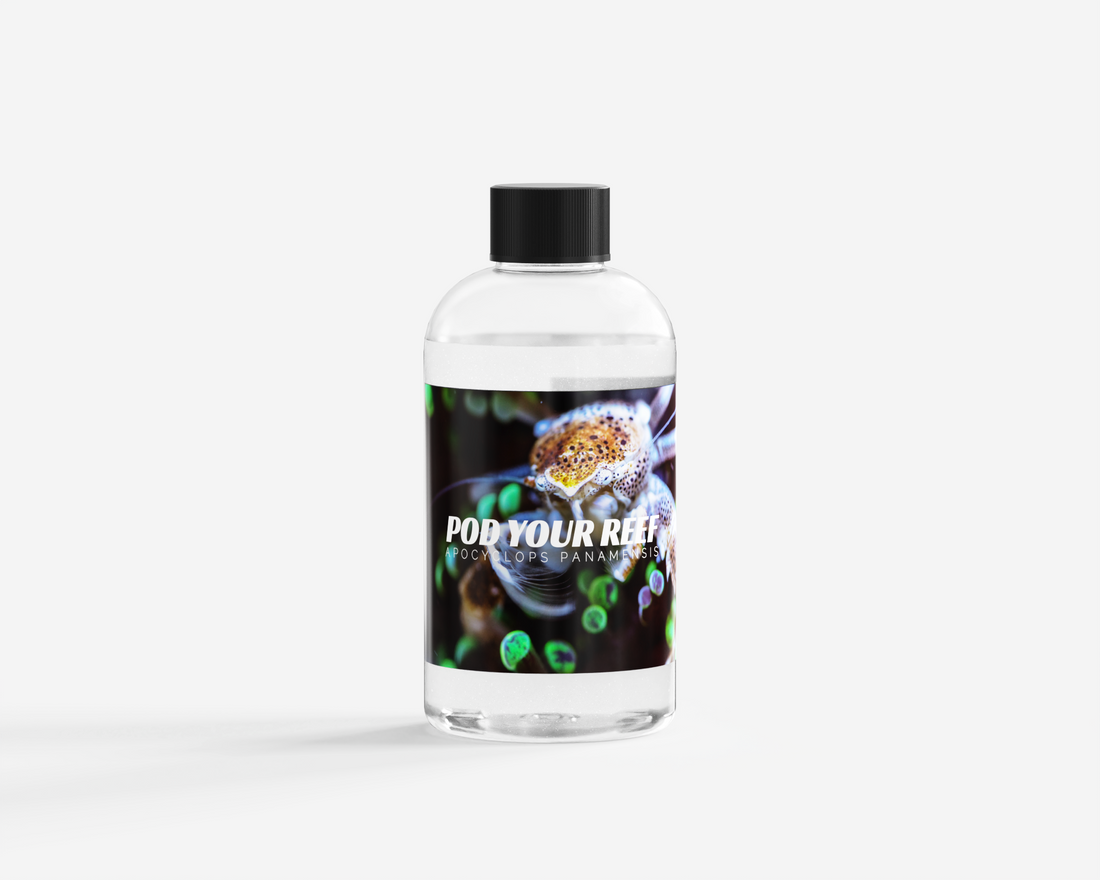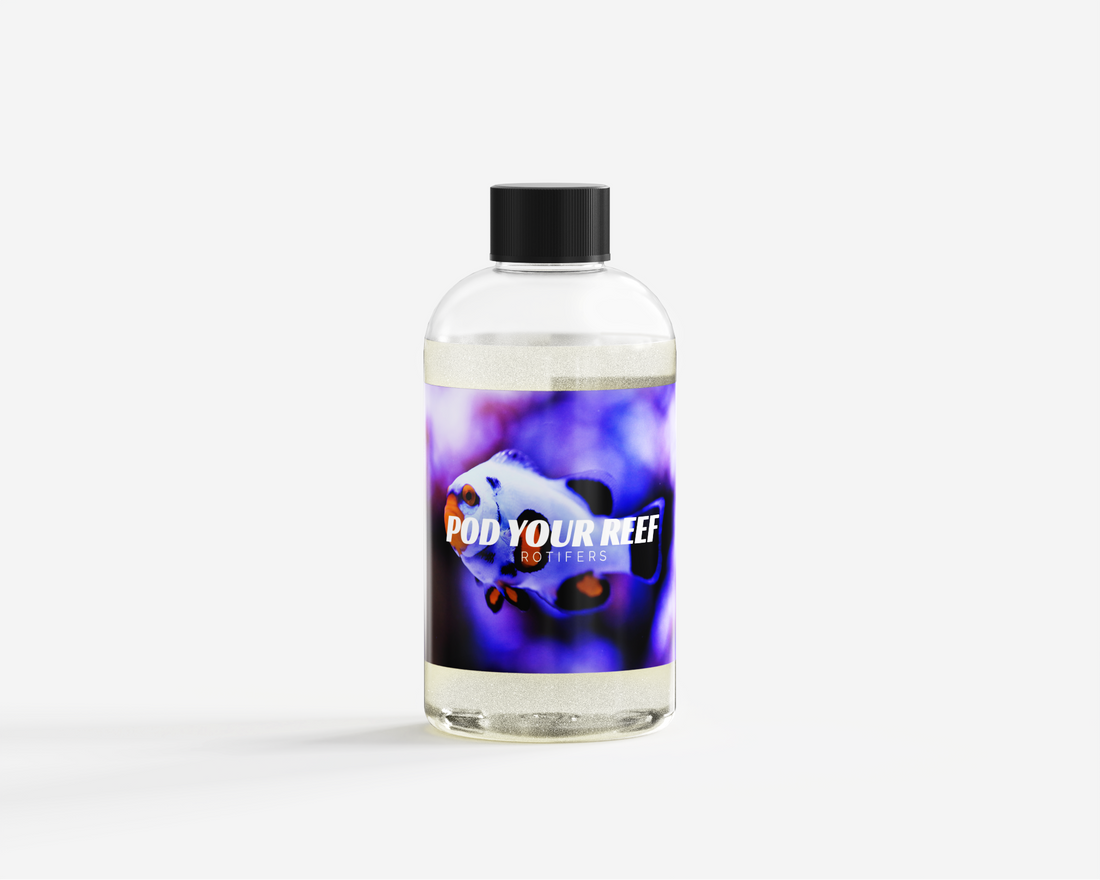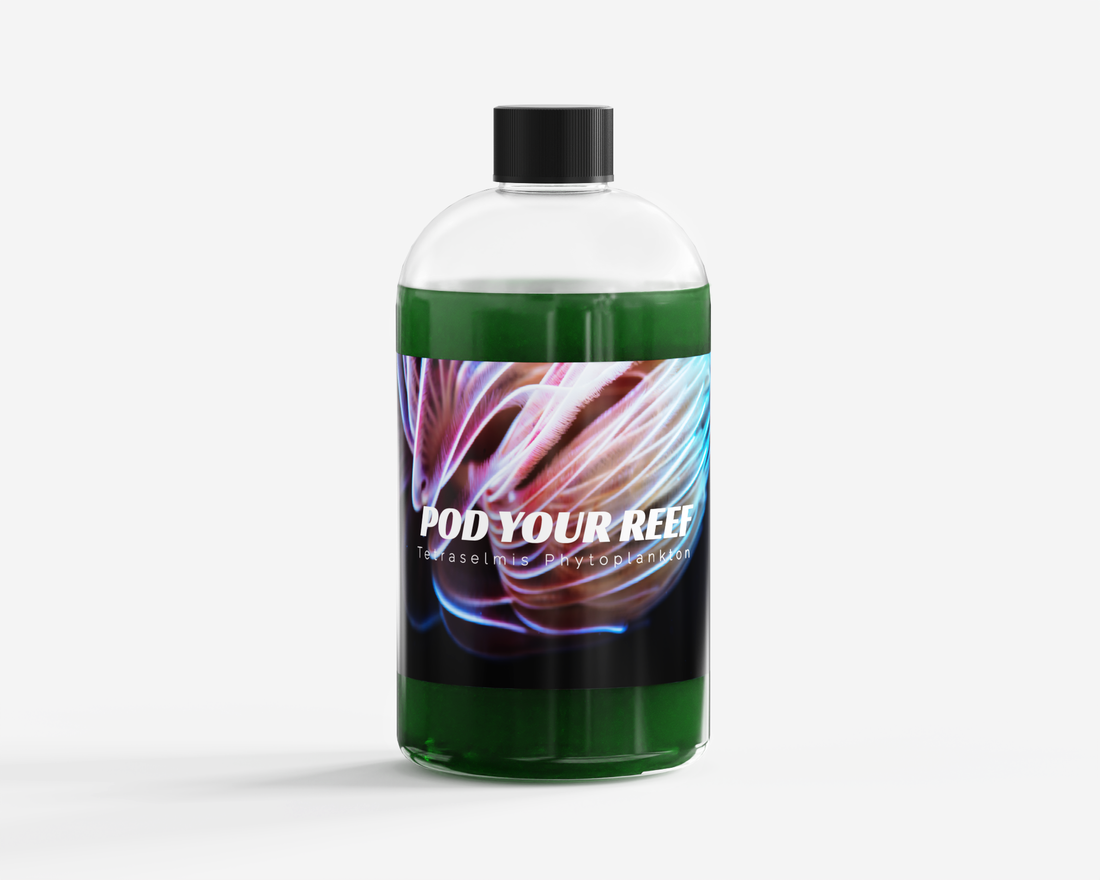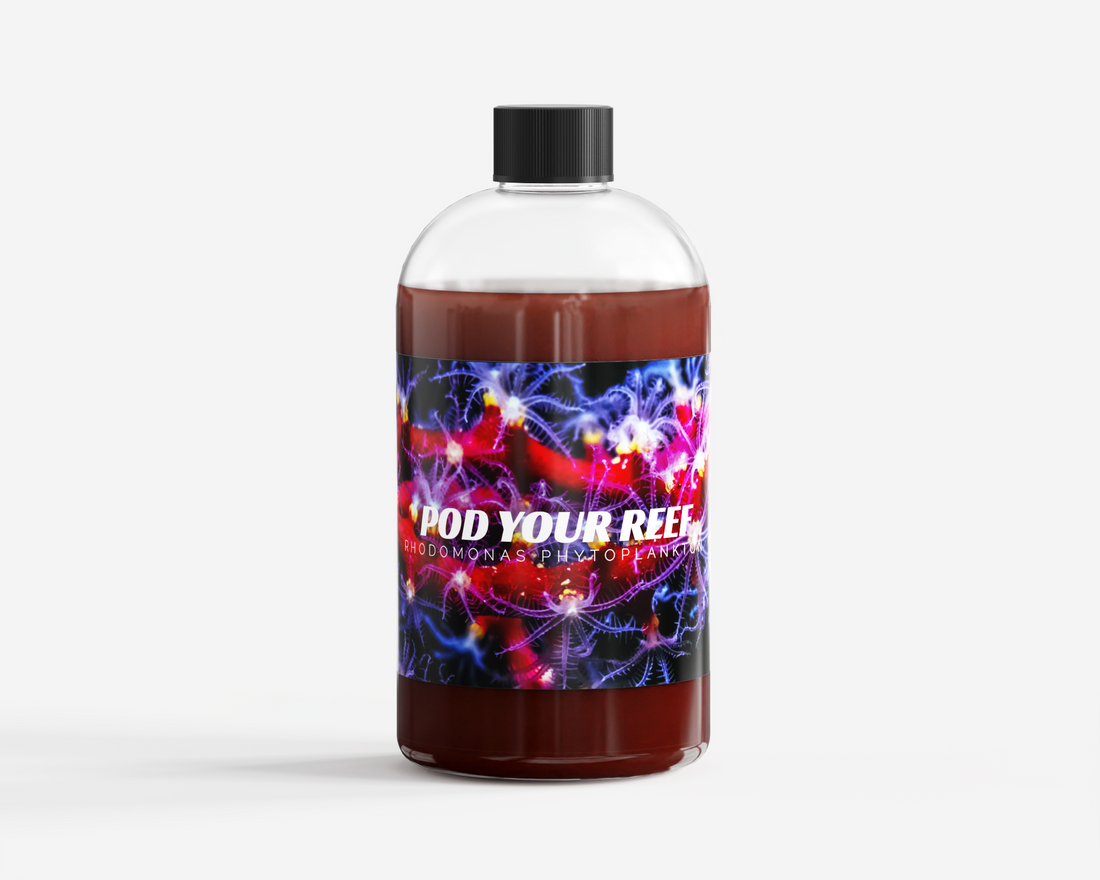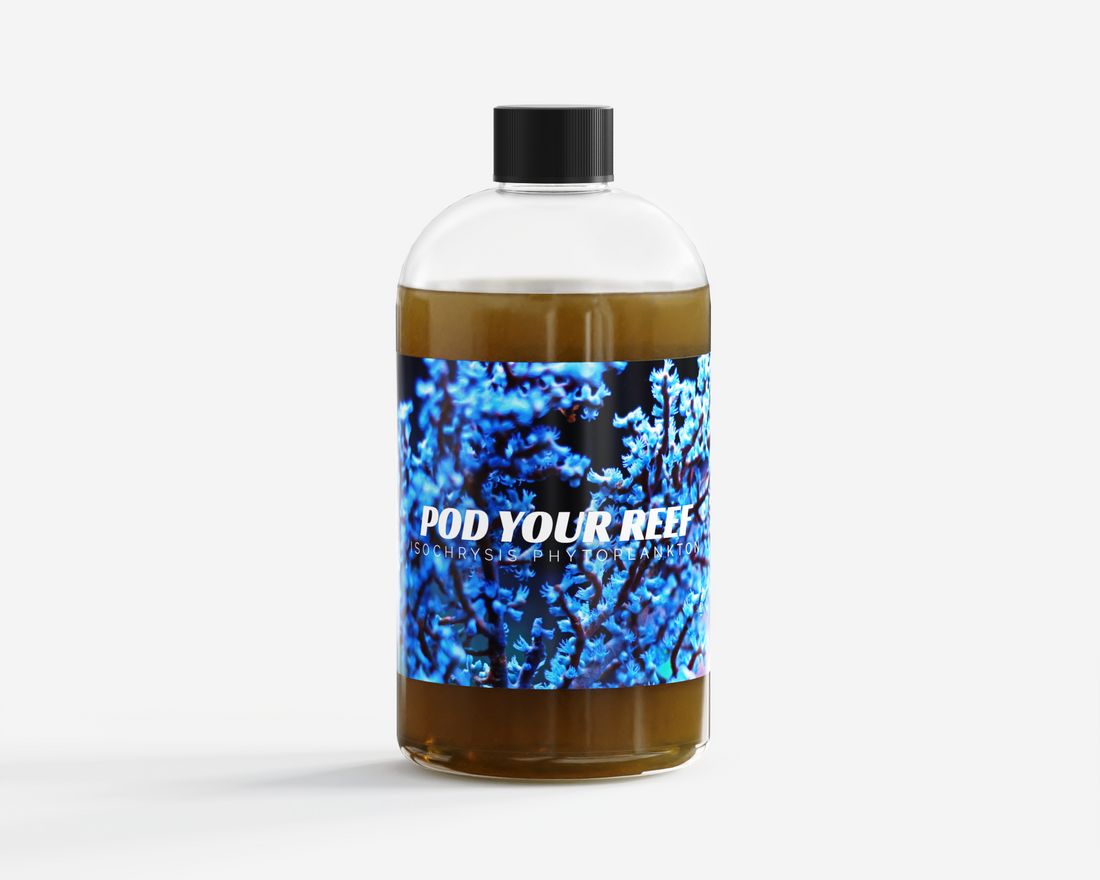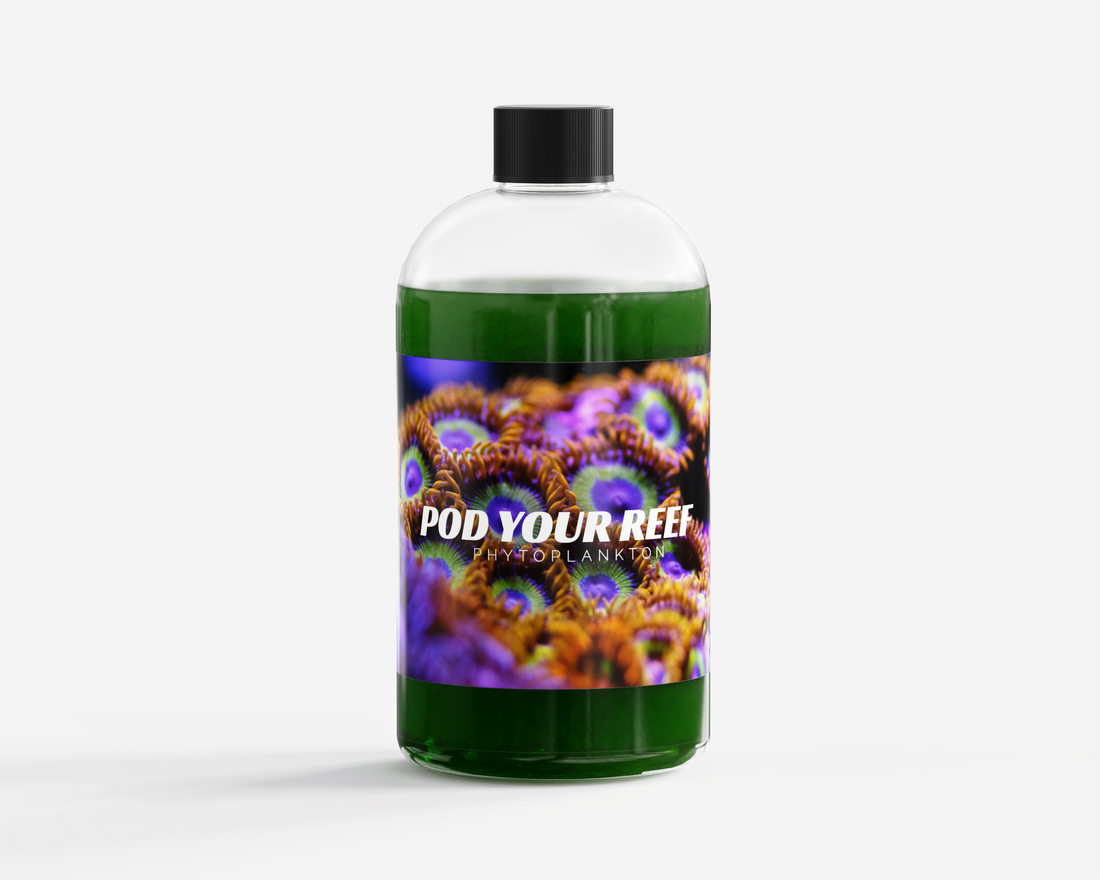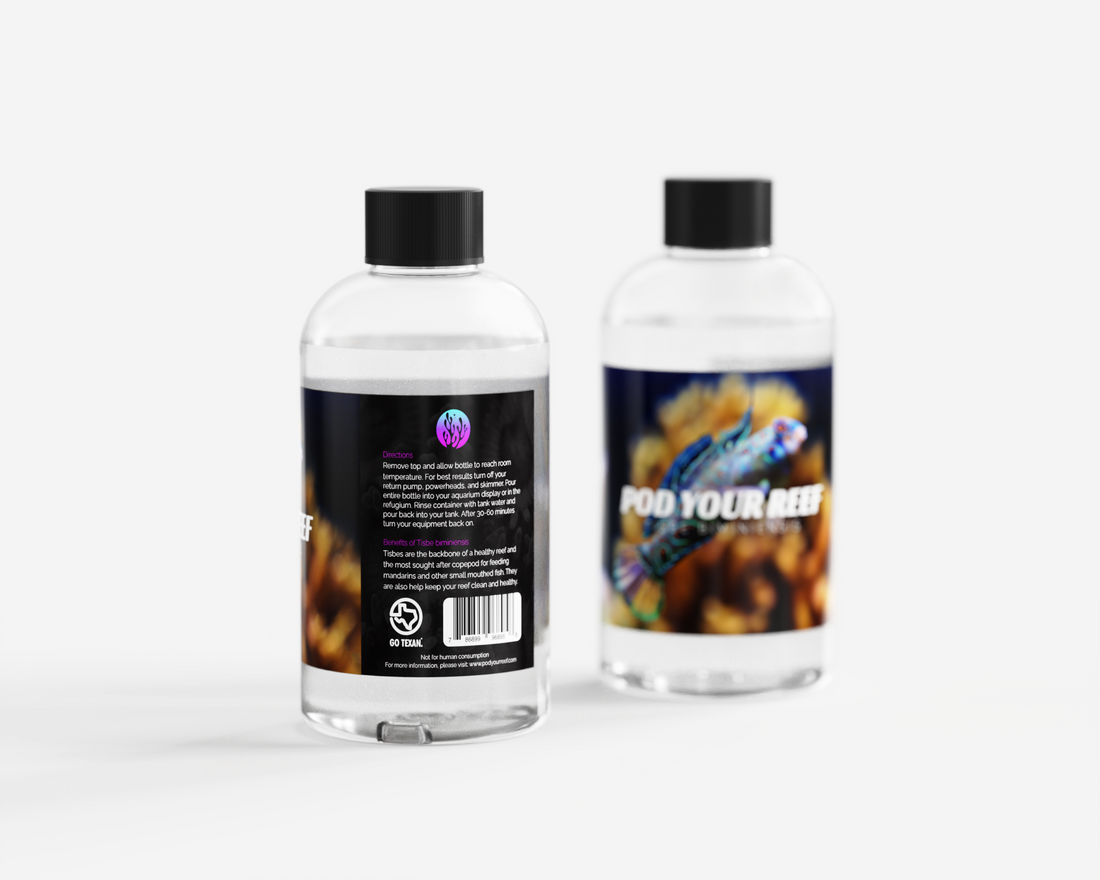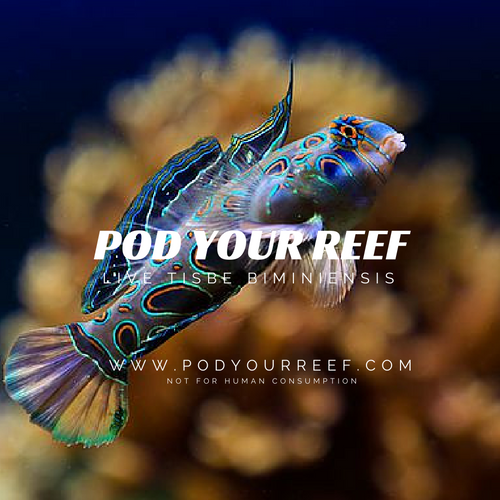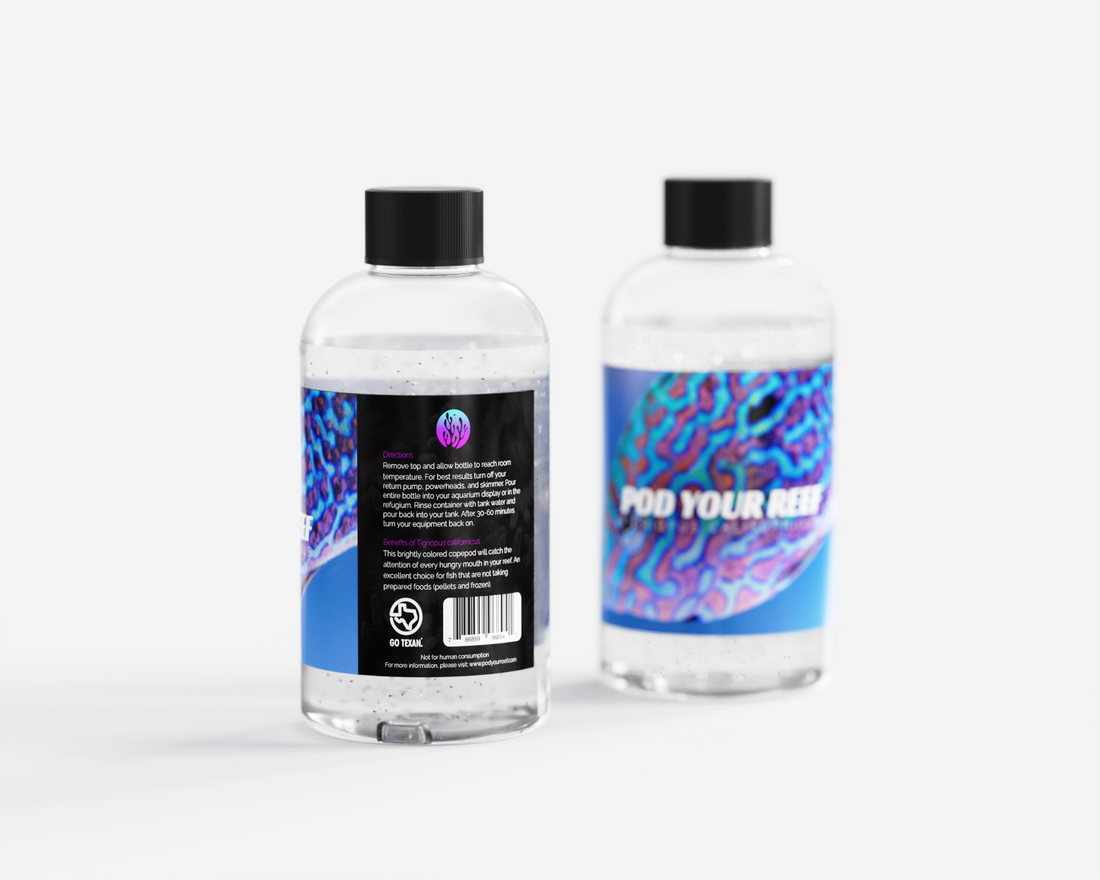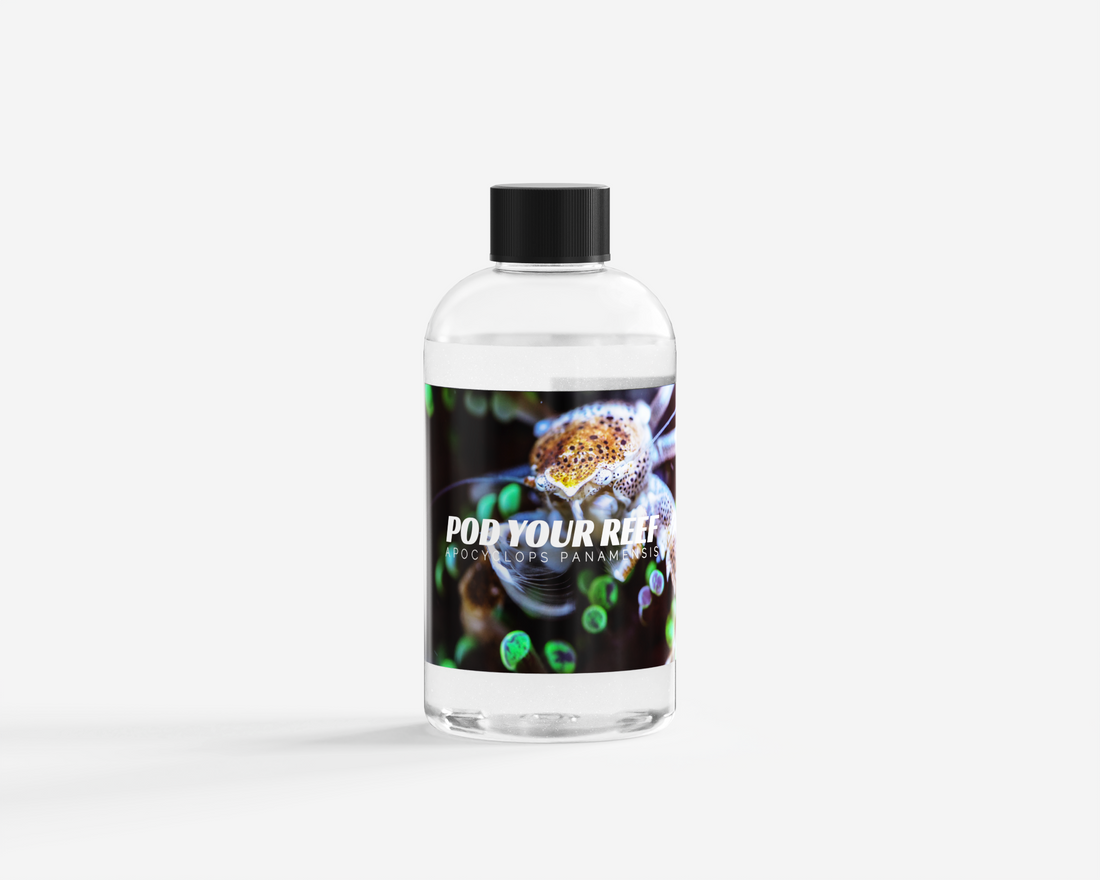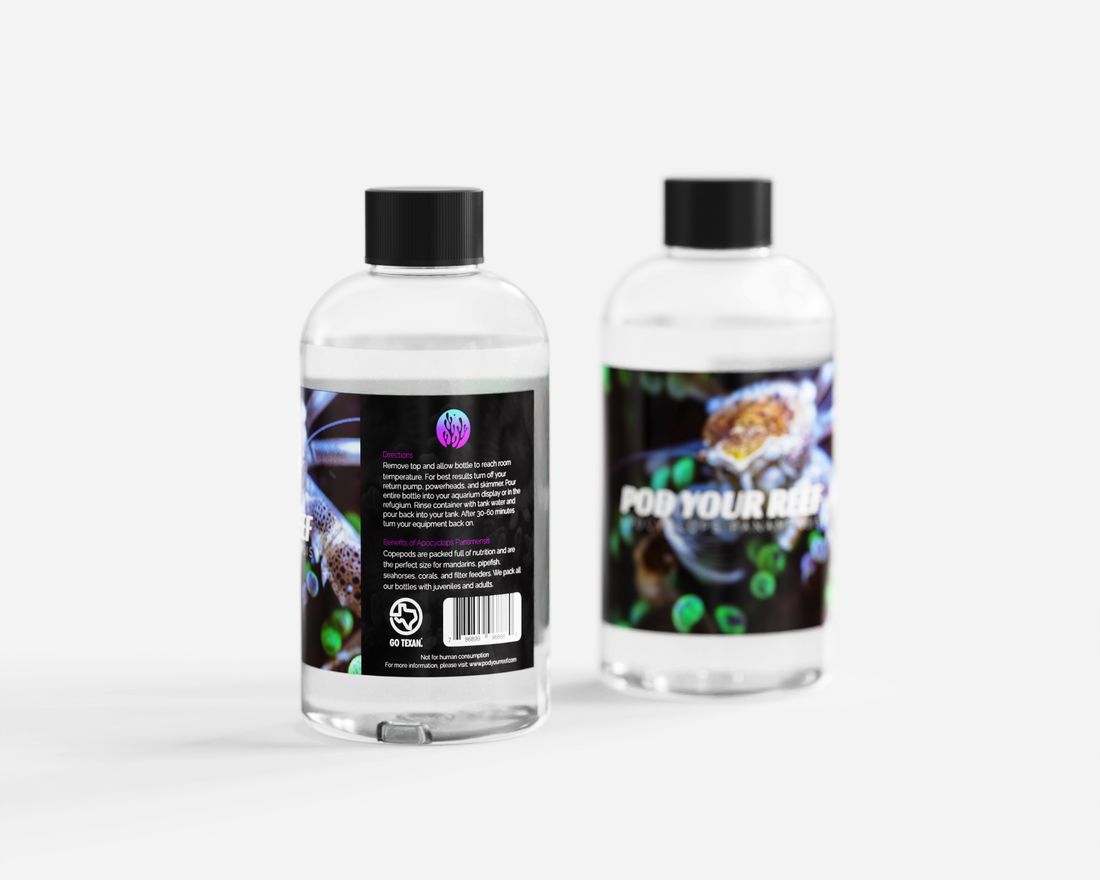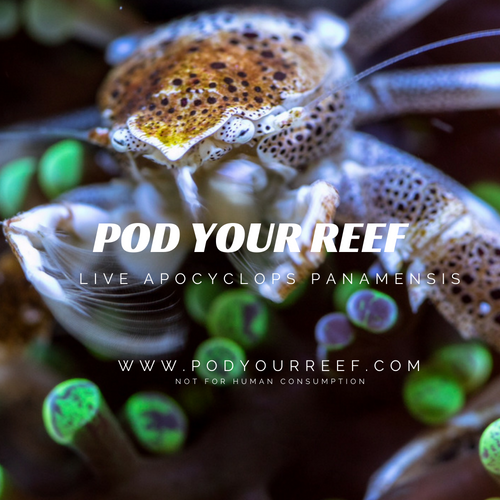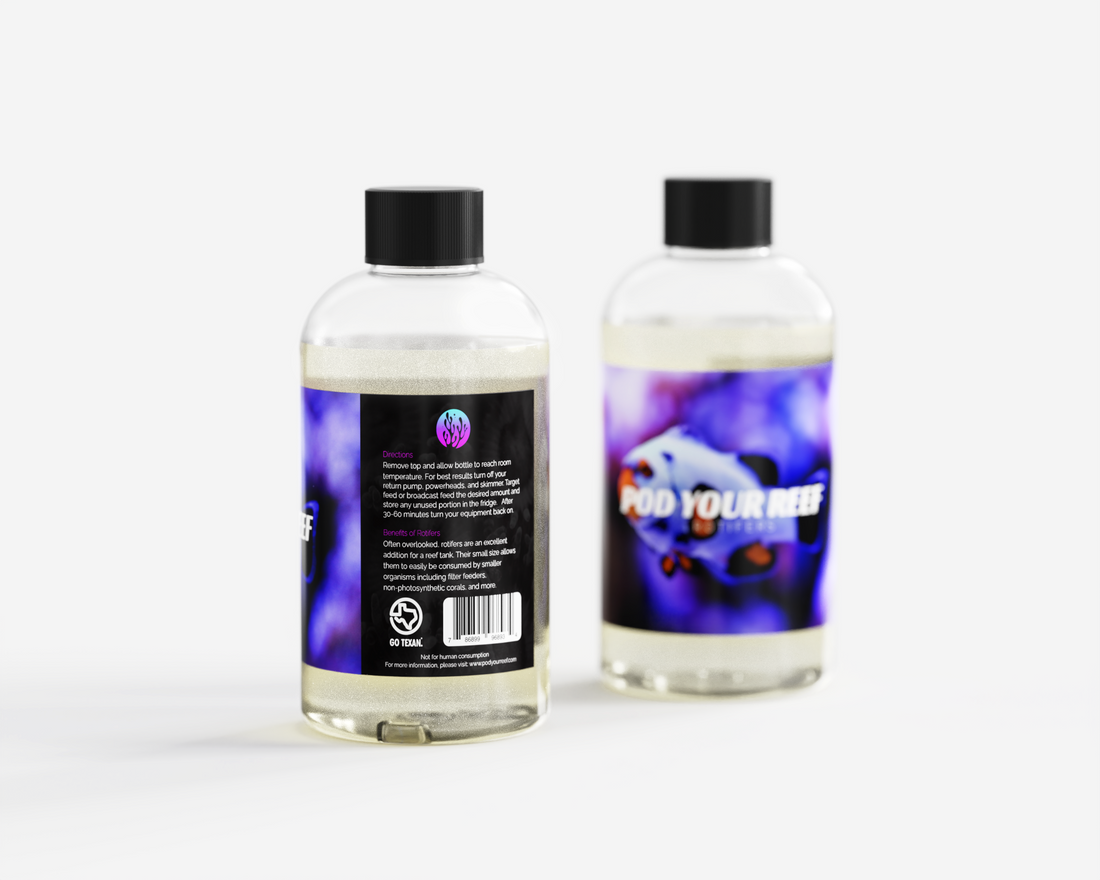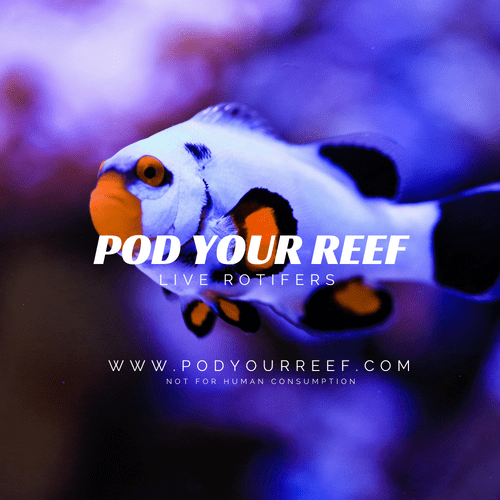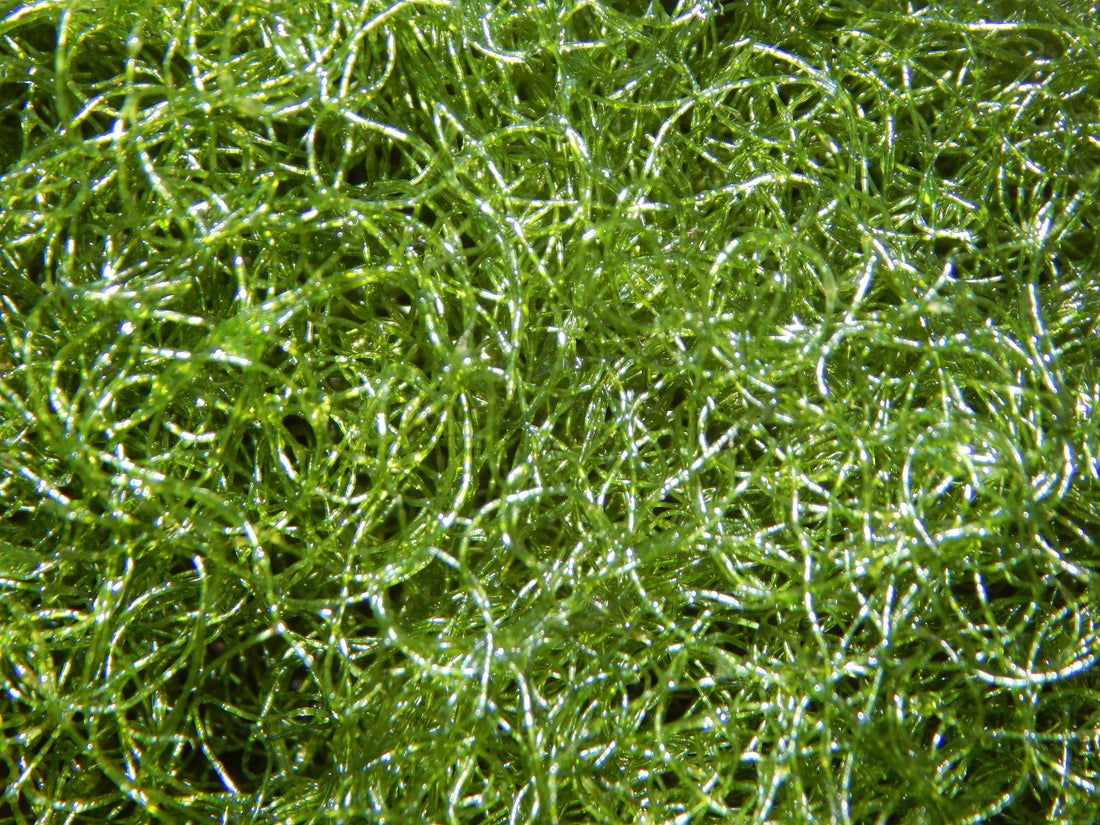
Care
Chaetomorpha linum : Unraveling the Wonderful Utility of Spaghetti Seaweed
Chaetomorpha linum : Unraveling the Wonderful Utility of Spaghetti Seaweed
Chaetomorpha linum or ‘Chaeto’ is one of the most recognizable and widely utilized macroalgae in the reef aquarium industry. It is growingly common knowledge that Chaeto is a ravenous consumer of excess nutrients and that it has a foundational place in both crude and elaborate refugiums. But what is less so appreciated is that Chaetomorpha linum also absorbs excess trace metals, houses pod colonies, oxygenates sediments and suppresses pathogenic bacteria. Because of this plethora of biological abilities, robust and ravenous cultures of Chaeto function to help stabilize and enrich the ecology of reefs.
Brief Overview of Chaetomorpha linum
Chaetomorpha linum is a green macroalgae in the family Cladophoracae. Wild specimens go by the name sea emeralds or spaghetti seaweed throughout their native range along the coasts of North America, Europe and the Meidterreanean. Its specific taxonomy is somewhat disputed, but the general consensus is that there are at least two distinct types of this species: one attached, one unattached. The attached type has fine hair-like tufts which grow from a minute stalk anchored to a surface. It is the many varieties of unattached Chaetomorpha linum which have been embraced, cultivated and traded in the reef hobby. Some of these have thicker or finer filaments but all form a tumbleweed-like architecture which does not attach to surfaces. Though both types have a complex sexual life cycle, ‘domestic’ strains of Chaeto are selected to only reproduce vegetatively (i.e. tearing filaments off to replicate cultures) in reef tanks. That way, its powerful biomass can be controlled by the aquarist.
Chaetomorpha linum has evolved to be a photosynthetic powerhouse. Many aquarists note just how rapidly clumps can grow when supplied with enough light and nutrients. It is this ravenous growth which drives the utility of Chaeto in a reef tank:
Photosynthetic Powerhouse=Nutrient Annihilation!
By far the greatest recognized utility of Chaeto is the fact that it is an aggressive photosynthetic agent and will grow robustly under an ENORMOUS range of salinities (1.003--1.069) and temperatures (68--100F). Tsutsui et al 2015 determined that one strain of Chaeto grew best between 1.018-1.1025 at 78-80F. The peak growth observed from this study was an over 60% biomass increase/day!
All of this photosynthetic growth comes with a reduction of nutrients and release of oxygen into the water column.
Chaetomorpha linum annihilates nitrogenous wastes. This is why it has been widely embraced in Asian pond aquaculture to enhance the growth/survival of farmed fish and shrimp. In countries such as India, mass Chaeto culture is used for wastewater mitigation. Aquilino et al 2020 demonstrated that Chaeto will preferentially absorb ammonia before depleting phosphate/nitrate levels. This means that it offers comprehensive nutrient absorption when coupled with a well-established biofilter. Though it will survive at lower light levels, Chaeto is most powerful when exposed to prolonged periods of intense lighting. As a green algae, it particularly enjoys red spectrum light.
To maximize nitrate/phosphate absorbing power of Chaeto, provide it with 250+PAR light with as much red spectrum as possible.
Heavy-Metal Sink
Ajjabi et al 2009 demonstrated Chaeto’s ability to absorb copper and zinc ions from industrial wastewater. This means Chaeto may have a role in regulation of trace metals in the reef aquaria as well. This may be especially helpful for aquarists which do not have reliable access to RO water.
Oxygenates the Refugium
Wild beds of Chaeto are known to act as a massive lung for benthic inverts. During the peak hours of the day, they photosynthesize so much that they smother everything in oxygen supersaturation. This radiates oxygen deep into the sediment, accelerating the activity of the benthic community. The same effect can be utilized in the reef aquarium, where superactive Chaeto feeds localized oxygen to all the dutiful detritivores cleaning the system. By this process of oxygenation, a robust Chaeto colony serves as the foundation of a functional refugium.
Suppresses Pest Microbes
When Chaeto supersaturates the water around it with oxygen, it ‘shocks’ the surrounding algae. It turns out that this is but one of numerous mechanisms Chaeto has for suppressing the growth of pest algae, bacteria and ciliate species! Chloroform-based metabolites released from Chaeto have proven toxic to several Vibrio bacteria which can infect fish and shrimp. Ravikumar et al 2011 extracted a different metabolite from Chaeto which kills malaria-causing protozoans. These studies indicate that Chaeto and other macroalgae have the potential to safeguard against pests and plague in the aquarium.
Provides Substrate for Pods
Chaeto’s spaghetti-like structure has an incredible amount of surface area for pods such as Tisbe, Tigriopus and Apocyclops to occupy! The interior of Chaeto clumps trap detritus, acting as pod buffets and sites of mass proliferation. Xu et al 2010 documented increased survival of aquacultured juvenile lined seahorses ( Hippocampus erectus ) when polycultured with Chaetomorpha linum . Dense jungles of Chaeto support densely populated tribes of pods…and as we always say...one can never have too many pods!
*Stock Chaeto when initially seeding pods to assist in the colonization of your reef.
Converts Waste Nutrients into Reef Food
Once it gets its photosynthetic engine in drive, Chaeto will proceed to seize excess nutrients in your tanks. These nutrients are trapped in its tissue which can either be tossed when it builds in excess...or utilized as a form of recycled reef feed. In countries such as Thailand and the Philippines, Chaeto is commonly grown as a live feed for important food species such as milkfish, rabbitfish and sea cucumbers. In the aquarium trade, various rabbitfish, tang, blenny and invert species readily utilize Chaeto as a food source. It would be valuable to stock one’s display tank with a few such herbivorous species, so that excess refugium growth can be fed off as a treat. By such practices, the reef industry becomes more and more sustainable everyday.
Conclusion
The known utility of Chaetomorpha linum as a nutrient sink has made it one of the most recognizable and purchased macroalgae in the reef industry. By giving it plenty of access to nutrients and red light, aquarists can depend on Chaeto to actively grow off their reef’s various excesses. A thriving Chaeto colony is a foundational step towards swarms of pods and a grand-functioning refugium.
A Note on Buying Clean Macroalgae
The reason I always recommend the purchase of fresh macroalgae culture when starting a new tank, is the security of knowing that your seaweed is free of pests and hitchhikers. Pod Your Reef goes through great lengths to provide that Chaeto grown in it's facility that is 100% quarantined, treated and pest-free.
Literature Cited
Ajjabi, L. C., & Chouba, L. (2009). Biosorption of Cu2+ and Zn2+ from aqueous solutions by dried marine green macroalga Chaetomorpha linum. Journal of environmental management, 90(11), 3485-3489.
Aquilino, F., Paradiso, A., Trani, R., Longo, C., Pierri, C., Corriero, G., & de Pinto, M. C. (2020). Chaetomorpha linum in the bioremediation of aquaculture wastewater: Optimization of nutrient removal efficiency at the laboratory scale. Aquaculture, 523, 735133.
Cavallo, R. A., Acquaviva, M. I., Stabili, L., Cecere, E., Petrocelli, A., & Narracci, M. (2013). Antibacterial activity of marine macroalgae against fish pathogenic Vibrio species. Central European Journal of Biology, 8(7), 646-653.
Cruz-Rivera, E., & Hay, M. E. (2001). Macroalgal traits and the feeding and fitness of an herbivorous amphipod: the roles of selectivity, mixing, and compensation. Marine Ecology Progress Series , 218 , 249-266.
Guerrero III, R. D., & Guerrero, L. A. (2006). Use of filamentous green alga, Chaetomorpha linum, for aquaculture in the Philippines. In 6. Asia-Pacific Conference on Algal Biotechnology,, Makati City (Philippines), 12-15 Oct 2006. APCAB.
Hansen, K., & Kristensen, E. (1998). The impact of the polychaete Nereis diversicolor and enrichment with macroalgal (Chaetomorpha linum) detritus on benthic metabolism and nutrient dynamics in organic-poor and organic-rich sediment. Journal of Experimental Marine Biology and Ecology , 231 (2), 201-223.
Krause-Jensen, D., Christensen, P. B., & Rysgaard, S. (1999). Oxygen and nutrient dynamics within mats of the filamentous macroalga Chaetomorpha linum. Estuaries, 22(1), 31-38.
Krause-Jensen, D., McGlathery, K., Rysgaard, S., & Christensen, P. B. (1996). Production within dense mats of the filamentous macroalga Chaetomorpha linum in relation to light and nutrient availability. Marine Ecology Progress Series, 134, 207-216.
McGlathery, K. J., Krause-Jensen, D., Rysgaard, S., & Christensen, P. B. (1997). Patterns of ammonium uptake within dense mats of the filamentous macroalga Chaetomorpha linum. Aquatic Botany, 59(1-2), 99-115.
Ravikumar, S., Ramanathan, G., Inbaneson, S. J., & Ramu, A. (2011). Antiplasmodial activity of two marine polyherbal preparations from Chaetomorpha antennina and Aegiceras corniculatum against Plasmodium falciparum. Parasitology research, 108(1), 107-113.
Ripol, A., Cardoso, C., Afonso, C., Varela, J., Quental-Ferreira, H., Pousão-Ferreira, P., & Bandarra, N. M. (2018). Composition, anti-inflammatory activity, and bioaccessibility of green seaweeds from fish pond aquaculture. NaturalProduct Communications, 13(5), 1934578X1801300521.
Sattanathan, G., Gokulakrishnan, S., & Rajesh, R. (2015). Efficacy of Cheatomorpha aerea on Fish Pathogens. LS–An International Journal of Life Sciences, 37.
Sattanathan, G., Palanisamy, T., Padmapriya, S., Arumugam, V. A., Park, S., Kim, I. H., & Balasubramanian, B. (2020). Influences of dietary inclusion of algae Chaetomorpha aerea enhanced growth performance, immunity, haematological response and disease resistance of Labeo rohita challenged with Aeromonas hydrophila. AquacultureReports, 17, 100353.
Stabili, L., Cecere, E., Licciano, M., Petrocelli, A., Sicuro, B., & Giangrande, A. (2019). Integrated multitrophic aquaculture by-products with added value: the polychaete Sabella spallanzanii and the seaweed Chaetomorpha linum as potential dietary ingredients. Marine drugs, 17(12), 677.
Song, X., Xu, Q., Zhou, Y., Lin, C., & Yang, H. (2017). Growth, feed utilization and energy budgets of the sea cucumber Apostichopus japonicus with different diets containing the green tide macroalgae Chaetomorpha linum and the seagrass Zostera marina. Aquaculture , 470 , 157-163.
Thanigaivel, S., Vijayakumar, S., Mukherjee, A., Chandrasekaran, N., & Thomas, J. (2014). Antioxidant and antibacterial activity of Chaetomorpha antennina against shrimp pathogen Vibrio parahaemolyticus. Aquaculture, 433, 467-475.
Tsutsui, I., Miyoshi, T., Aue-umneoy, D., Songphatkaew, J., Meeanan, C., Klomkling, S., ... & Hamano, K. (2015). High tolerance of Chaetomorpha sp. to salinity and water temperature enables survival and growth in stagnant waters of central Thailand. International Aquatic Research, 7(1), 47-62.
Tsutsui, I., Songphatkaew, J., Meeanan, C., Aue-umneoy, D., Sukchai, H., Pinphoo, P., ... & Hamano, K. (2015). Co-culture with Chaetomorpha sp. enhanced growth performance and reduced feed conversion ratio of the giant tiger prawn, Penaeus monodon. International Aquatic Research, 7(3), 193-199.
Xu, Y., Lin, J., & Chen, S. (2010). Polyculture of the lined seahorse, Hippocampus erectus Perry, 1810 with two species of macroalgae in aquaria. Acta Oceanologica Sinica , 29 (1), 26-32.

